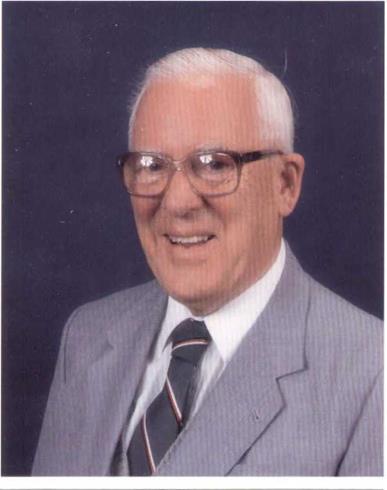Robert D. Archer

Robert D. Archer spent his early years in Bristol, England. He kept extensive notes on the color schemes and markings to be seen on the huge variety of aircraft at Filton Airfield from 1936, until the outbreak of war in 1939, beginning a life-long interest in aircraft color schemes.
He entered the aircraft industry as a design engineer in 1942, working for Napier’s on the Nomad, Naiad, and double-Naiad engines: at English Electric on electrical control systems; and at Supermarine on the Swift series, and Types 525 and 545. He was elected an Associate Member of the Royal Aeronautical Society in 1954, and was active in the Air Training Corps and the Royal Observer Corps of the Royal Air Force until he left England in 1954 to join Canadair, Canada, on the CL-28 program.
Fie was brought to California in 1956 by Northrop and worked on the T-38, F-5, Lockheed Electra and the McDonnell F-4 prototype. In 1964 he joined Douglas Aircraft at Long Beach, initially in military advanced design. He worked on the control systems of the КС-10 and MD-80, made a special review of the F-15 flight control system, and completed his service as a manager on the fly-by-wire control system of the C-17. For a brief period he worked at Lockheed Aircraft, as a project engineer on the WP-ЗА and NKC-121K programs.
In 1966, the USAF granted him the then necessary secret clearances to research at! of the files concerning the subject of this volume. He was the only non-service person granted this privilege. This has ensured the accuracy and depth of the material presented herein, much of it for the first time.
Over the years, he has contributed to various publications, such as Interavia, Flight International, Space/Aeronau – tics, Jane’s All The World’s Aircraft, and the American Aviation Historical Society Journal, and wrote a book covering the development and service use of the Republic F-105 Thunderchief.
He was a founding member of the American Aviation Historical Society, serving for many years on the editorial board of the Journal, and was a director for a short time. He
is a member of the Air Force Association and is also a founding member of the US branch of the International Plastic Modelers Society, and contributed scores of articles to several scale model magazines. After 49 years in the aviation industry, he retired in 1991.
His most recent work was the Monogram U. S. Army Air Service and Air Corps Aircraft Color Guide, a definitive reference work covering the period between 1908 and 1941, published in 1995.










